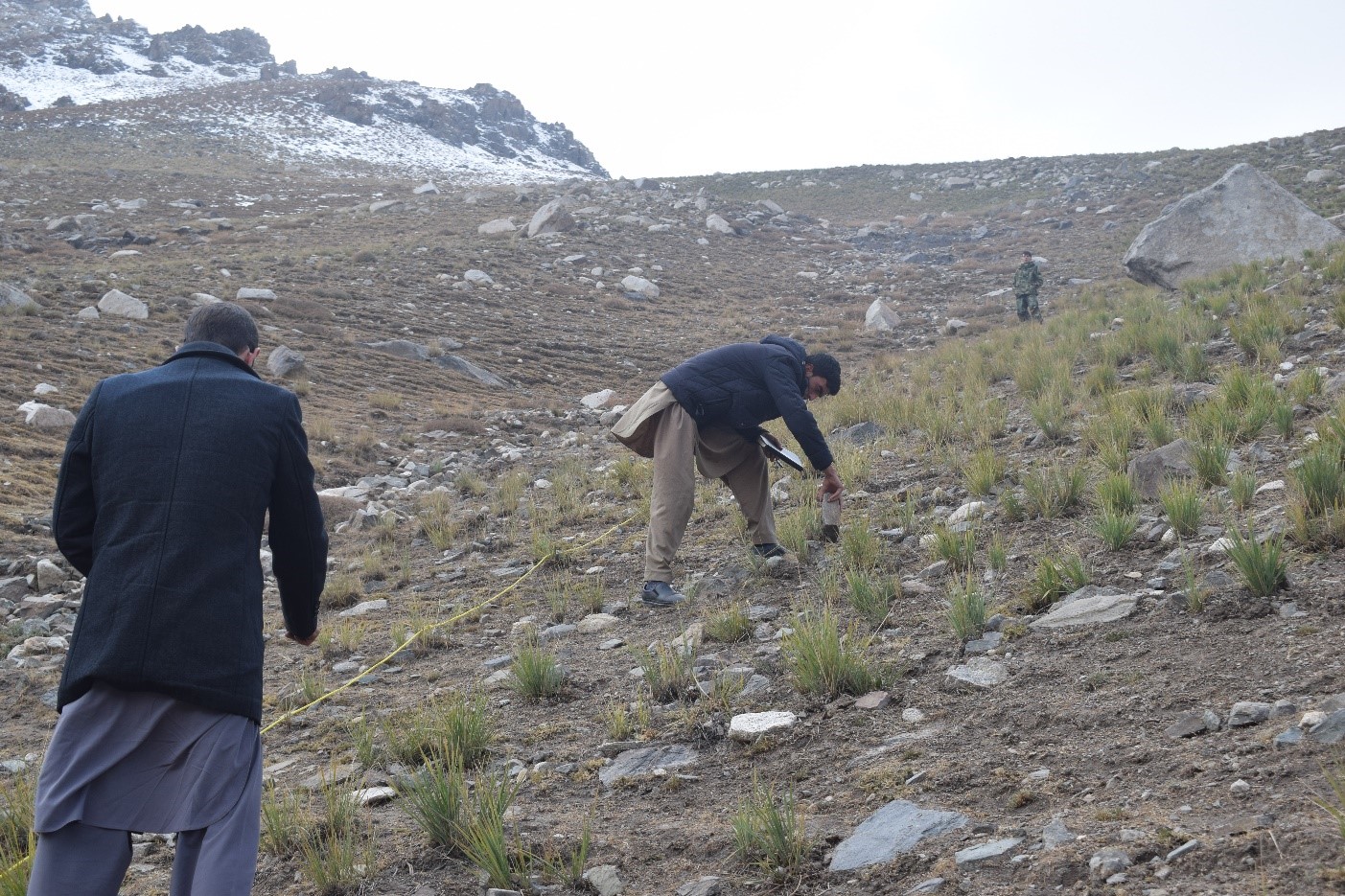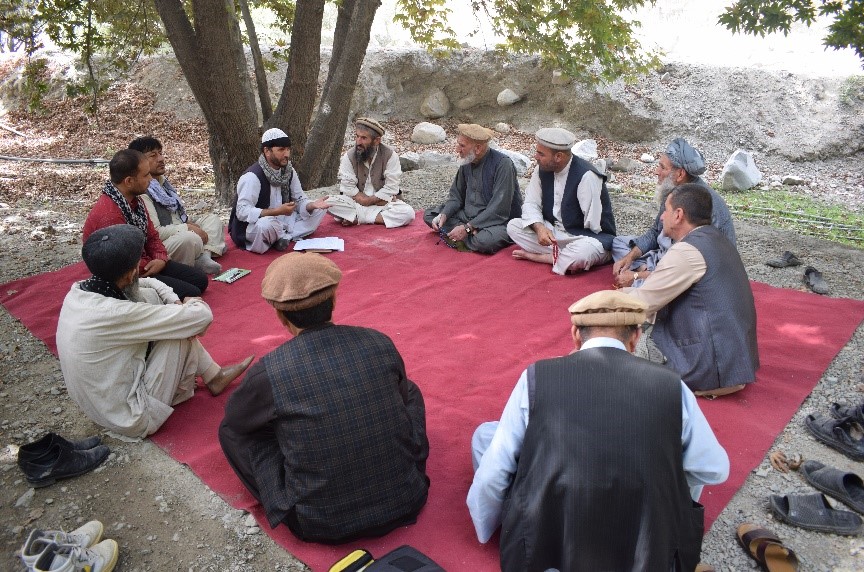Baseline Surveys and Social and Environmental Impacts Assessements

Flora and Fauna Baseline Survey Preparation of Central Asia Regional Economic Cooperation Corridors 5 And 6 (Salang Corridor) Project
Objectives: Salang corridor is a significant route linking the south with the north parts of Afghanistan. The current road is in a terrible condition and does not satisfy the traffic requirement of people crossing this corridor. Therefore, the Government of the Islamic Republic of Afghanistan has decided to upgrade the road and has commissioned SMEC to prepare a feasibility study and design works to upgrade the Salang Corridor between Jabal-o-Siraj and Khinjan in north-eastern Afghanistan. The Daira Sabz Environmental Consultancy Services Company is contracted by SMEC to conduct flora and fauna study along the current 95 km Salang Corridor between Jabal-os-Siraj and Khinjan in north-eastern Afghanistan. For this baseline survey, area of influence is 200 m for flora and 500 m for fauna either side of the proposed centerline of the upgraded road.
Within Afghanistan, one of the few viable land routes linking the south, including the capital of Kabul with the north, is through the Salang Tunnel and its associated connecting roads, collectively known as the Salang Corridor. The Salang Corridors forms an essential section of Central Asia Regional Economic Cooperation (CAREC) Corridors 5 and 6 that traverse Afghanistan. At present, the Salang Corridor is the only route that allows the year-round north-south passage of goods and people across the Hindu Kush Mountain range. Given the lack of alternative routes, the vast majority of goods shipped to Kabul from the north traverse the Salang Corridor.
This project generally follows the existing highway corridor but involves the construction of a long tunnel at an elevation approximately 200 m below that of the existing Salang tunnel. The project’s area of influence (AoI) is one kilometer at both sides for fauna and 400 m for flora survey.


Objectives:
- The main objectives of the assignment are to conduct flora and fauna survey of the Salang Corridor, which is to:
- Identify and determine the significance of terrestrial fauna and birds within the project Area of influence and especially the areas which will be affected directly by the project work;
- Identify and determine the significance of fauna and flora within the project Area of influence and especially the areas which will be affected directly by the project work;
- Assess the likely effects of project activities on flora and fauna;
- Develop mitigation measures for the potential impacts of project activities on terrestrial fauna and bird.
- The main objectives of the assignment are to conduct flora and fauna survey of the Salang Corridor which is to:
- Identify and determine the significance of fauna and Flora within the project corridor of influence and especially the areas which will be affected directly by the project work.
- Identify and determine the significance of fauna and Flora within the project corridor of influence and especially the areas which will be affected directly by the project work.
- Assess the likely effects of project activities on the fauna and Flora.
- Develop mitigation measures for the expected project effects on fauna and Flora


